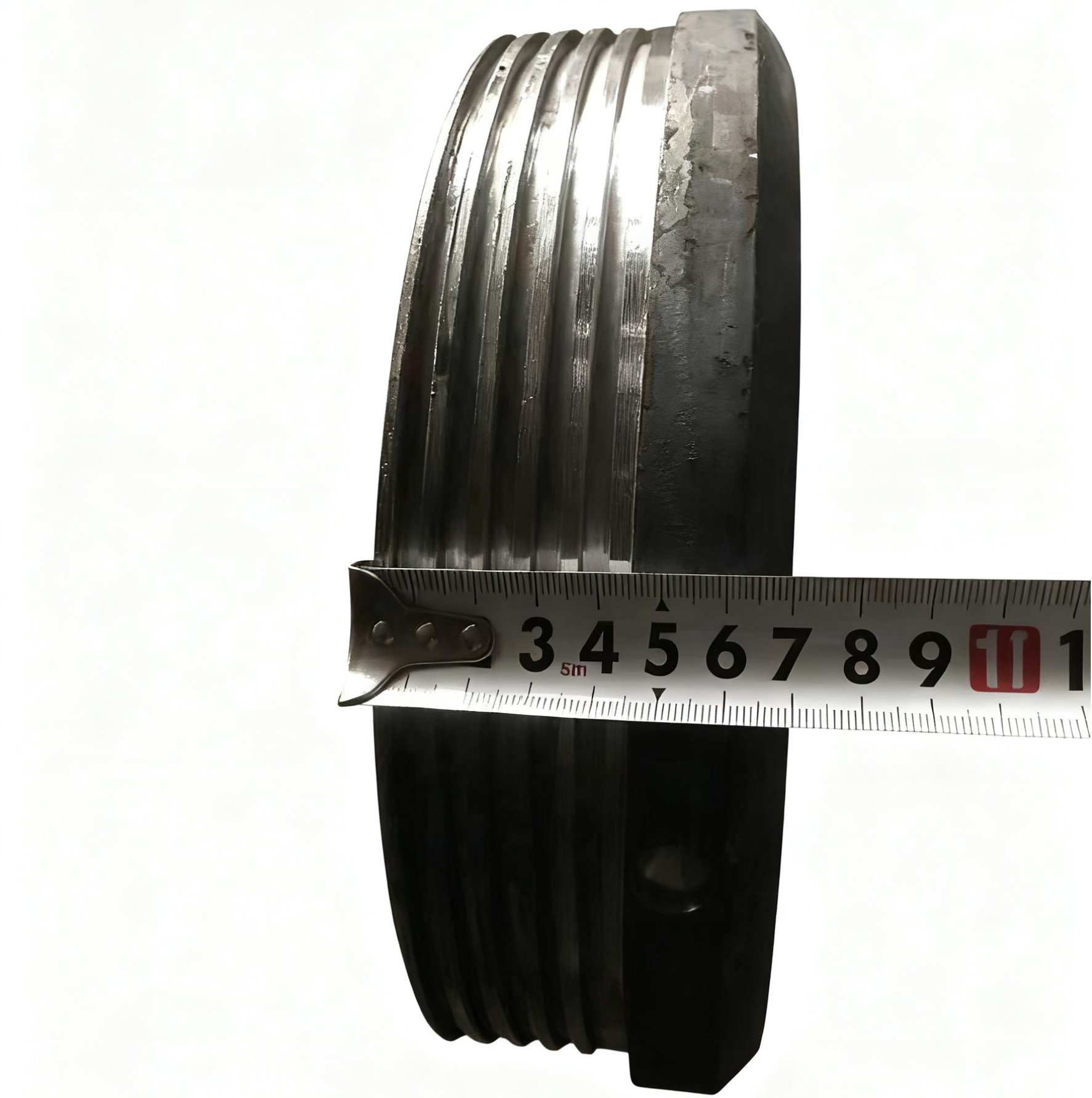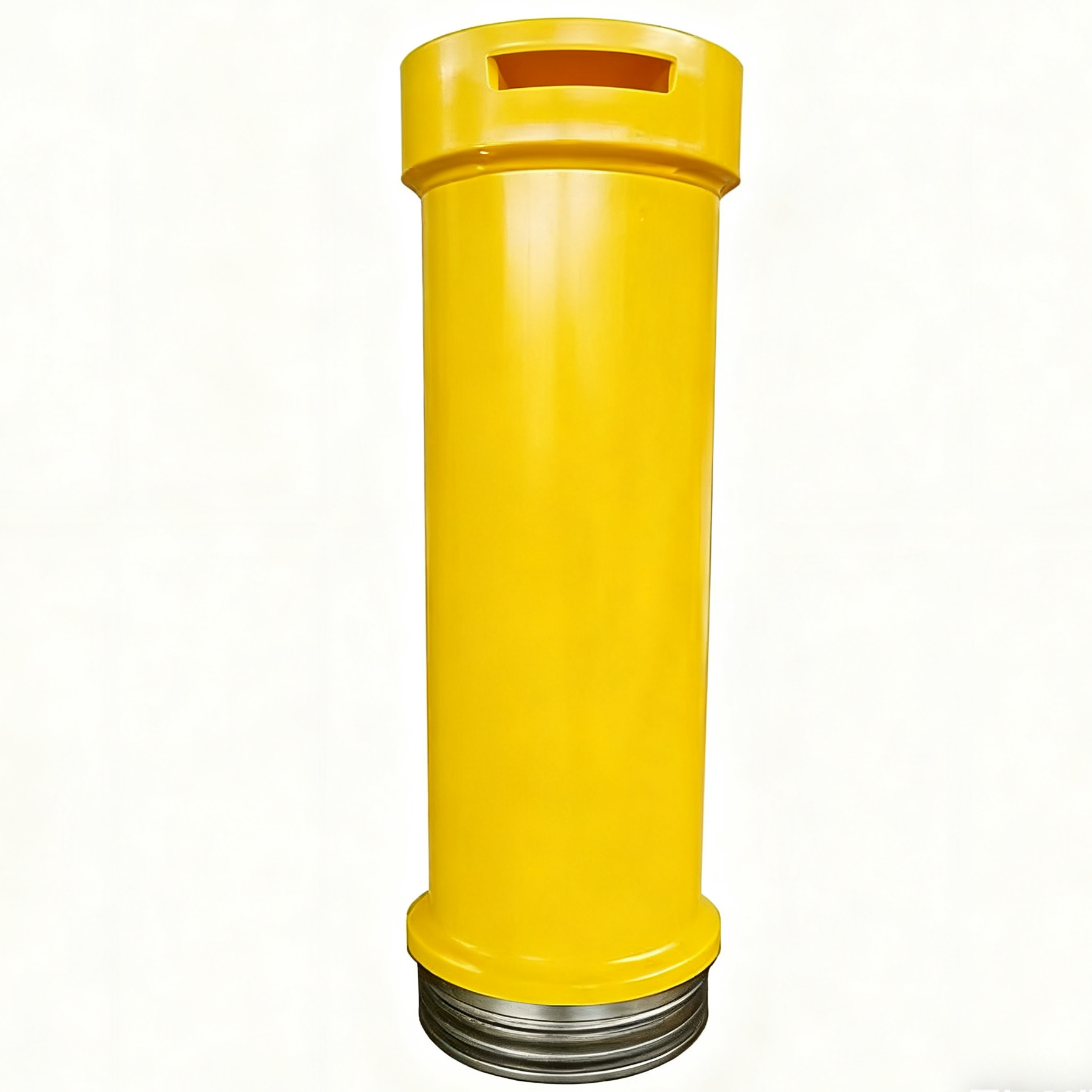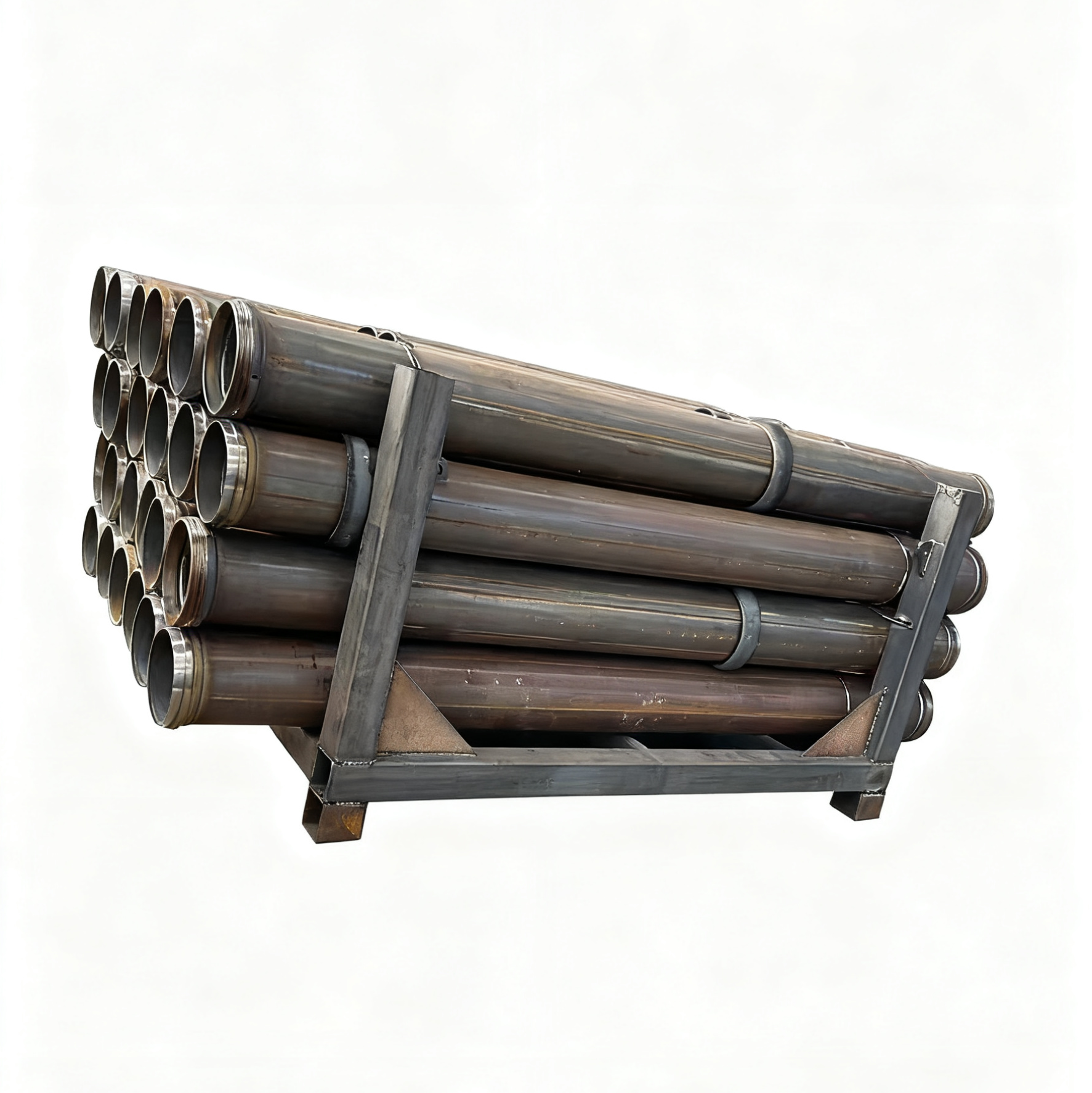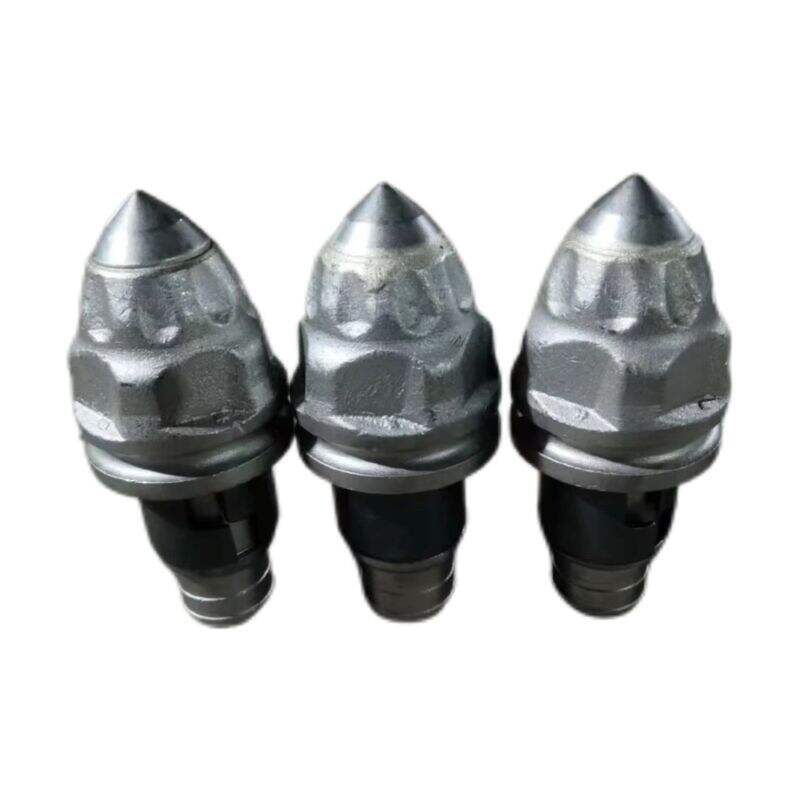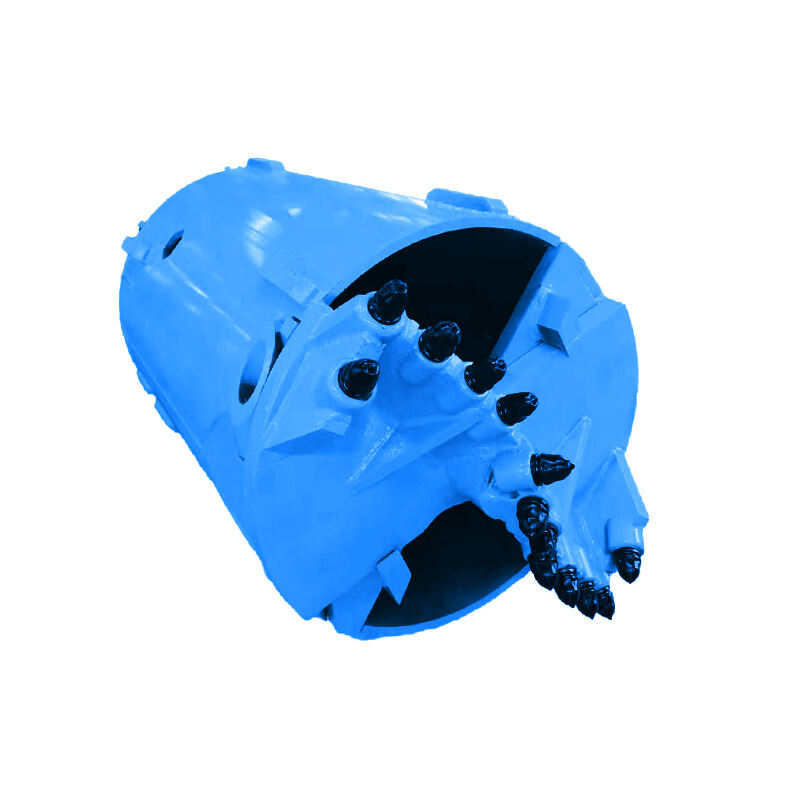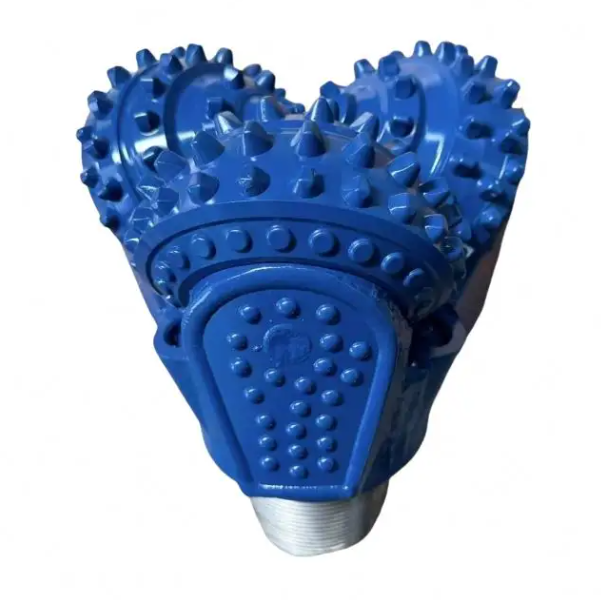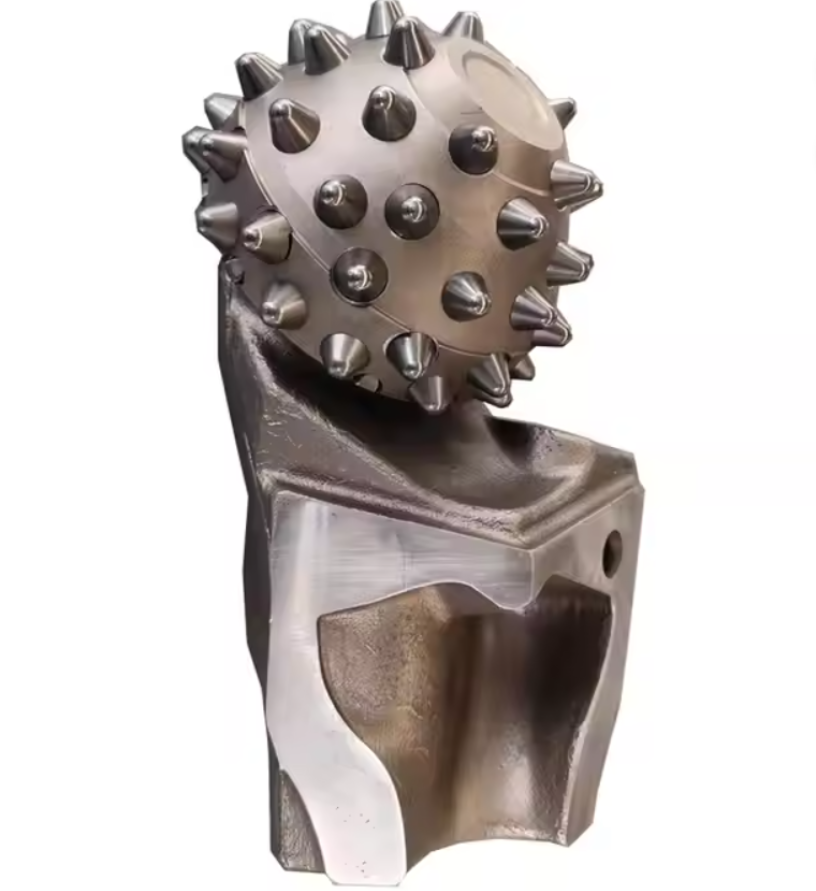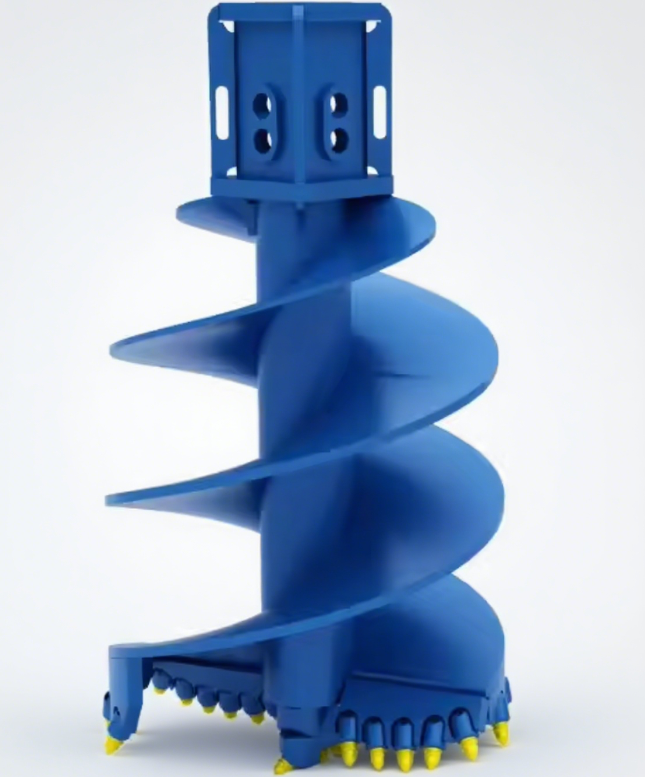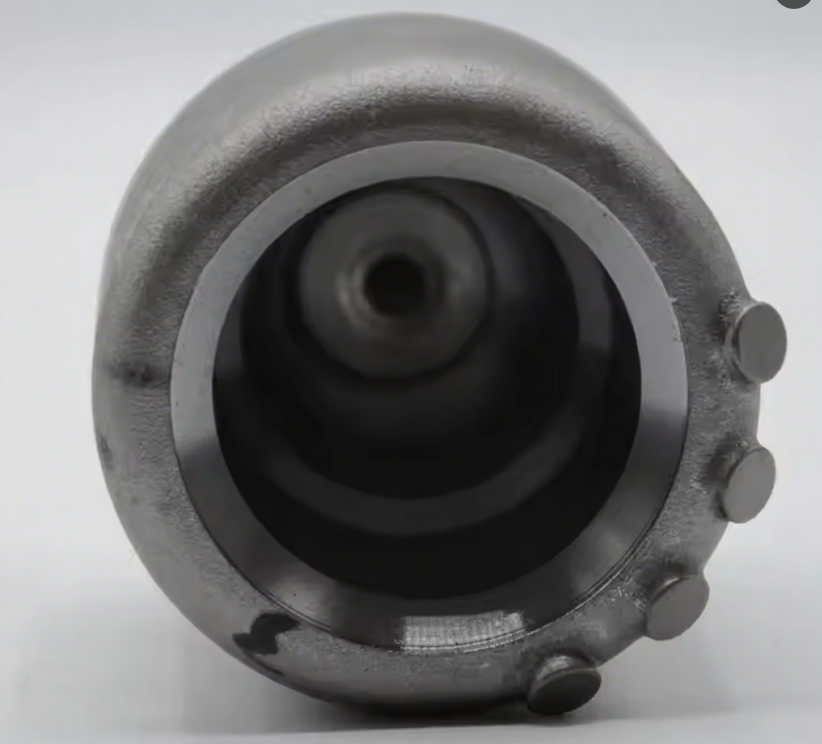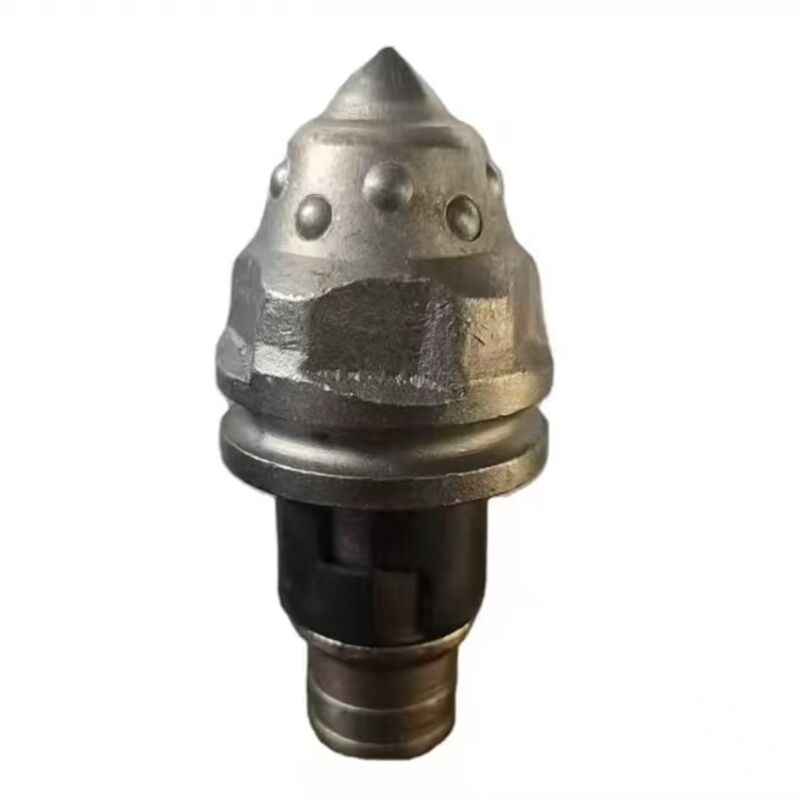- Overview
- Product Parameters
- Recommended Products
Product Description
The conduit is used for underwater concreting operations and is a waterproof vertical pipe, with one end extending to the water surface and the other end reaching the bottom where the concrete is poured. During the concrete pouring process, the conduit can pump concrete below the water surface. The conduit comes in various diameters and lengths, commonly with an internal diameter of about 250 millimeters, and is equipped with a conical hopper at the upper end. The upper end of the conduit is positioned above the water level, allowing for underwater concrete pouring through this structure, which helps prevent the cement from being washed away by the flowing water. The bottom end of the conduit may have a movable plug or valve. Using the conduit method for pouring can make the strength of freshly mixed concrete in underwater foundations and other projects more stable and reliable. During the concrete pumping process, the lower end of the conduit is always submerged in concrete, and the accumulation of concrete around the conduit is unaffected by underwater currents. Special attention should be given to controlling the flow rate of the concrete to prevent it from solidifying inside the conduit. Common application scenarios for the conduit include bridge tower foundations, pile foundations, and monitoring well construction.
Product Parameters
|
Tremie pipeΦC(mm) |
Female joint ΦA(mm) |
Male joint Φ(mm) |
Recommended pile Diameter(mm) |
Recommended Volume(m³) |
Tremie pipe thickness(mm) |
|
220 |
274 |
248 |
Φ500- Φ700 |
1 |
3/3.5/4 |
|
260 |
325 |
294 |
Φ700- Φ1000 |
1.5 |
3/3.5/4 |
|
300 |
374 |
338 |
Φ1000- Φ1500 |
2.0 |
3/3.5/4 |

